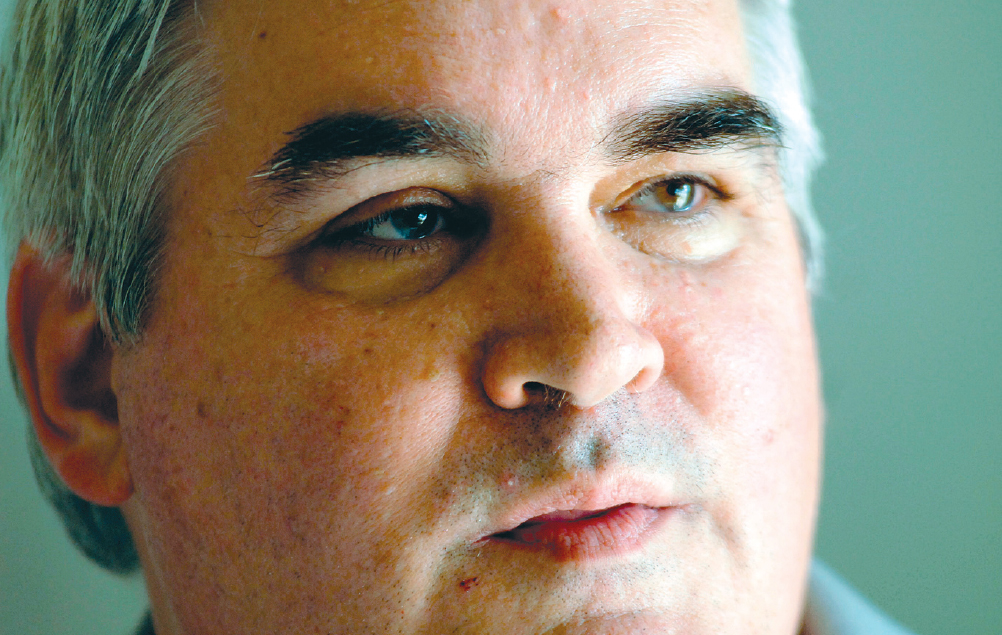COMPARING THE COUNTS2011 -2012Total: 562-548Families: 55-61Adults*: 125-66Children: 115-118(*Adults in families)Source: Chattanooga Regional Homeless Coalition
The overall number of homeless people fell slightly in Southeast Tennessee over the past year, but more of those people were in families, according to new figures from the Chattanooga Regional Homeless Coalition.
And, of 118 children counted as homeless during the coalition's point-in-time survey this year, 19 had no shelter.
Children counted in the 11-county Southeast Tennessee region are among some 1.5 million children -- 1 out of 50 -- in the United States who experience homelessness each year, according to the National Center on Family Homelessness' Campaign to End Child Homelessness.
This is at least the second consecutive year that more than 100 homeless children were counted here.
"It's kind of normal, unfortunately," said Charlie Hughes, executive director of the Chattanooga Community Kitchen.
Since the Community Kitchen started operating as an emergency shelter in November, there has not been a night without a child sleeping there, he said.
Kitchen officials have counted 662 people who have stayed at least one night in the shelter. The shelter gets about five new people each night and averages about 116 people per night.
Yet the emergency shelter is scheduled to close at the end of March, Hughes said. The plan was to operate as a shelter during the coldest months, and there's no money to keep it running longer.
The point-in-time count records the number of people who reported being homeless at a single point in time in the region. This year, the count was conducted Jan. 25-26. The count enables the coalition to plan services for the city's homeless.
Sometime in mid-April, Community Kitchen officials plan to have a gathering of all stakeholders, including city officials, concerning homelessness.
"We'll say, 'Here is the raw number of [homeless people] What are we going to do?'" Hughes said.
He said there already are people committed to operating a shelter. What's needed is money, he said.
Although the number of homeless families increased from 55 to 61 this year, Homeless Coalition Executive Director Mary Simons said the increase is minimal.
The good news is that there is a 2.4 percent decrease in overall homelessness, according to the count. And more people and families who were homeless are finding shelter and housing. Only 70 people counted this year were counted as homeless last year, she said.
The concern is that there is a constant stream of new homeless people, Simons said.
And instead of having one need, like a job, some have complex needs: substance abuse, mental health problems or chronic illness, she said.
Some 57 percent of the 284 people surveyed in shelters during the count reported having a physical disability.
"There is not one agency that can meet the need. We need to collaborate together. We need to use what we have, and we need to explore new ways to address issues so that people can move from homelessness," Simons said.
Having so many people with multiple needs hasn't always been the case, Hughes said.
"When I first started as a case manager, it was just a matter of a person who lost a job. Now it's more complex to find a job," he said. "You have Amazon and Volkswagen, but those are skilled positions. There used to be more manufacturing jobs."
Once people hit the streets and are homeless, their confidence declines and it takes more to get them a job, Hughes said.
Even if they get a job at $7.25 an hour, where do they live? How do they get to work? If gas prices continue to increase, "you're working three days a week to fill your tank up," he said.
Homelessness is often the result of a downward spiral, according to the National Health Care for the Homeless Council. It frequently begins with illness and escalates into problems with money, employment and housing. Without homes, people experience illness and injury 3 to 6 times more often than people with housing.
Physical disability is the biggest risk factor for homelessness for the 290 clients homeless or near homeless who have used the Chattanooga Furniture Bank, said Eileen Rehbergs, director of United Way's 211 help line. Mental disability, domestic violence and substance abuse also are common risk factors, she said.

